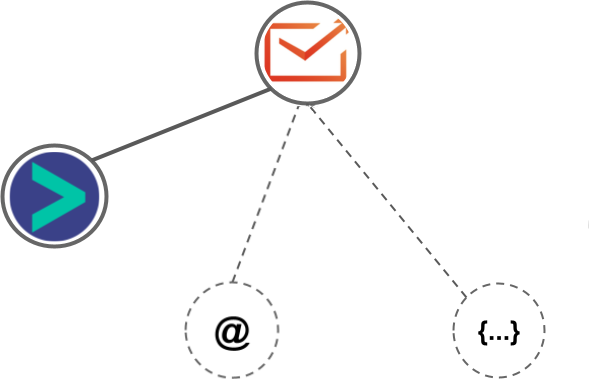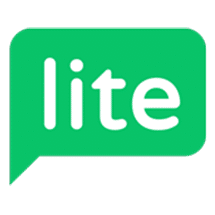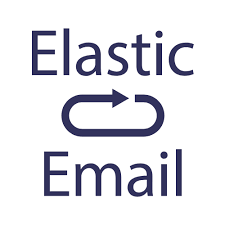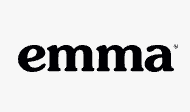Sender vs Mailchimp
Hyperise integrates with 100's of sales and marketing tools, many of which are in the Email Marketing category. With so many to choose from it's sometimes hard to know which is best, but don't worry, we've got your covered.
In this comparison guide we're going to look at the Highlights, Pros, Cons and Pricing of Sender and Mailchimp. We'll also delve into the details of which offers the best personalization options within Email Marketing, with there respective Hyperise integrations
Vs
Mailchimp
Pricing: Mailchimp's pricing is based on the number of contacts you have in your account and how often you plan to send emails. For plans with up to 500 contacts, the price is free and the plan allows you to send up to 12,000 emails per month. For more contacts, pricing starts at $10/month for 501–2,000 contacts, with prices increasing based on the number of contacts in your account.Sender vs Mailchimp Highlights
The main difference between Sender and Mailchimp is in the types of features they offer. Sender focuses heavily on email marketing automation while Mailchimp provides a more comprehensive marketing suite encompassing email marketing as well as automation tools, analytics, and additional integrations. Sender has more intuitive and precise automation capabilities, allowing more granular segmentation and automation of particular actions. Additionally, Sender offers more support for translating campaigns into different languages, making it ideal for those targeting multiple markets. Mailchimp, on the other hand, has more intuitive and comprehensive analytics, as well as a significantly larger library of pre-made templates. Both offer a good way to send campaigns, but each has their own distinct features that make them appropriate for different types of marketers.
Sender vs Mailchimp Pros
Sender Pros
- Cost: Sender is more cost-effective than MailChimp as it offers pay-as-you-go pricing which allows you to scale up or down your subscription charges as per you need.
- Automation: Sender lets you streamline the entire email process by automating the entire workflow including scheduling, sends, and personalize the messages.
- Customization: Sender customize each message to suit the unique needs of each receiver by allowing users to segment their contact list with powerful segmentation tools.
- Templates & User Interface: Sender offers modern and stylish templates along with an intuitive interface which makes it easy to create emails in lesser time.
- Reporting & Analytics: Sender offers an advanced analytics dashboard which provides detailed insights into your engagement metrics, click rates, and subscriber list.
Mailchimp Pros
- Easier to use interface
- Flexible Pricing Options
- More detailed analytics
- Ability to integrate with various apps for automation
- Robust segmentation and targeting capabilities
- Drag and drop template design
- A/B testing capabilities
- Includes powerful automation features
- Dynamic content capabilities
- Email scheduling
- Live support
Sender vs Mailchimp Cons
Sender Cons
- Mailchimp offers more customization options in terms of template designs, which are not available in Sender
- Sender is slightly more expensive than Mailchimp
- Mailchimp offers powerful A/B testing capabilities, while Sender does not
- Mailchimp offers a more robust suite of reporting tools, while Senders reporting capabilities are limited
- Sender does not have as many integrations as Mailchimp
- The user interface of Mailchimp is a bit more intuitive and easier to learn than Sender
Mailchimp Cons
- MailChimp has a limited feature set compared to Sender, which offers more advanced automation capabilities
- MailChimp does not offer a white-label service, whereas Sender does
- MailChimp requires more time and effort to implement, and it is often more expensive than Sender
- The dashboard on MailChimp can be confusing to navigate, while Senders dashboard is easier to use
- In general, Sender's deliverability is better than MailChimp's
- MailChimp has a complex and strict permission process, while Senders is simpler
- Sender has more integrations with third-party services, compared to MailChimp
- MailChimps features can be difficult to understand, while Senders are much more intuitive
- The customer support provided by Sender is more comprehensive than at MailChimp
Sender & Mailchimp Hyperise Integrations
Sender uses the HTML code embed method to integrate with Hyperise, giving a simple way to add personalized images to your messages.
Sender makes the following data points available to Hyperise, to enable personalization in images used in outreach and linked out to your personalized website landing pages.

- Using business Email passed from Sender, Hyperise is able to enrich business logo and website screenshots. In some cases, with a business Email we're also able to enrich profile images, subject to the business email having a publicly available profile.
Sender Integration Guide
Mailchimp uses the HTML code embed method to integrate with Hyperise, giving a simple way to add personalized images to your messages.
Mailchimp makes the following data points available to Hyperise, to enable personalization in images used in outreach and linked out to your personalized website landing pages.
- Using business Email passed from Mailchimp, Hyperise is able to enrich business logo and website screenshots. In some cases, with a business Email we're also able to enrich profile images, subject to the business email having a publicly available profile.
Mailchimp Integration Guide

 vs
vs 




 vs
vs  vs
vs  vs
vs  vs
vs  vs
vs  vs
vs  vs
vs  vs
vs  vs
vs  vs
vs  vs
vs  vs
vs  vs
vs  vs
vs 
 vs
vs  vs
vs  vs
vs  vs
vs  vs
vs 
 vs
vs 






 vs
vs  vs
vs 













